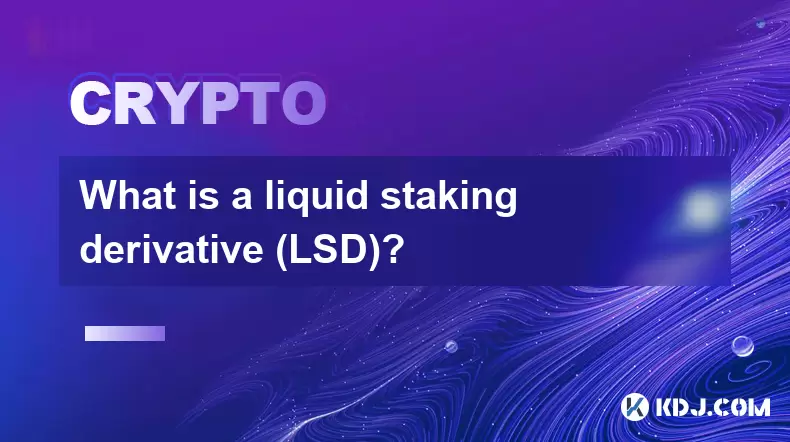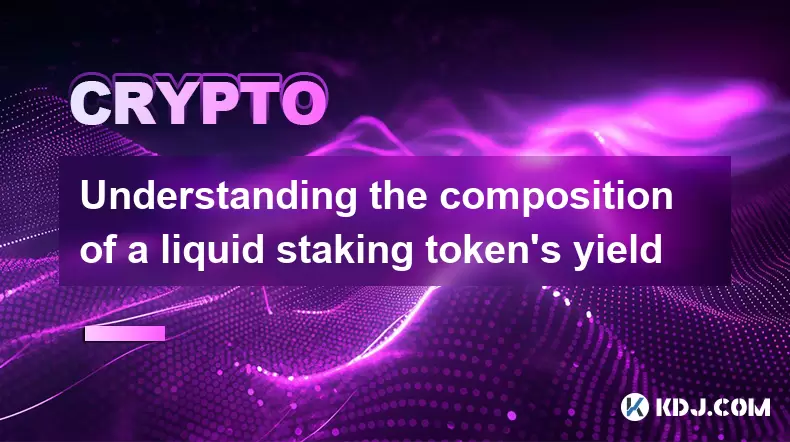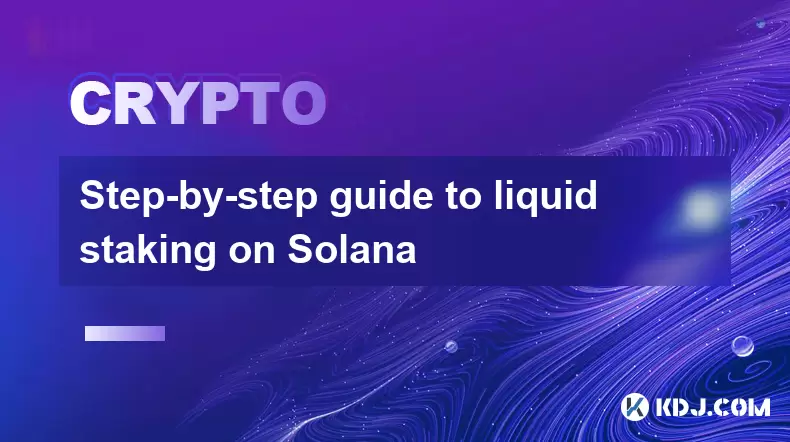-
 Bitcoin
Bitcoin $118900
1.66% -
 Ethereum
Ethereum $3735
1.35% -
 XRP
XRP $3.506
0.71% -
 Tether USDt
Tether USDt $1.000
-0.01% -
 BNB
BNB $799.4
5.78% -
 Solana
Solana $202.0
1.87% -
 USDC
USDC $0.9999
0.00% -
 Dogecoin
Dogecoin $0.2661
1.89% -
 Cardano
Cardano $0.8877
1.59% -
 TRON
TRON $0.3173
2.45% -
 Hyperliquid
Hyperliquid $45.00
2.59% -
 Stellar
Stellar $0.4723
3.40% -
 Sui
Sui $3.970
1.32% -
 Chainlink
Chainlink $19.67
1.94% -
 Hedera
Hedera $0.2710
1.99% -
 Avalanche
Avalanche $25.74
-0.01% -
 Bitcoin Cash
Bitcoin Cash $528.1
1.98% -
 Litecoin
Litecoin $120.1
3.57% -
 Shiba Inu
Shiba Inu $0.00001525
1.26% -
 UNUS SED LEO
UNUS SED LEO $8.989
-0.01% -
 Toncoin
Toncoin $3.304
1.74% -
 Polkadot
Polkadot $4.531
3.38% -
 Uniswap
Uniswap $10.74
2.51% -
 Ethena USDe
Ethena USDe $1.001
0.00% -
 Monero
Monero $325.5
2.44% -
 Pepe
Pepe $0.00001413
1.31% -
 Bitget Token
Bitget Token $4.860
0.85% -
 Dai
Dai $0.9999
0.01% -
 Aave
Aave $307.3
-2.07% -
 Bittensor
Bittensor $448.8
2.91%
What is a liquid staking derivative (LSD)?
Liquid Staking Derivatives (LSDs) enable users to stake crypto assets while retaining liquidity through tradable tokens like stETH or rETH, which can be used in DeFi protocols to generate additional yield.
Jul 23, 2025 at 08:50 am

Understanding the Basics of Liquid Staking Derivatives
A Liquid Staking Derivative (LSD) refers to a type of tokenized asset that represents a user's staked cryptocurrency in a Proof-of-Stake (PoS) blockchain. When users stake their coins through a liquid staking platform, they receive LSD tokens in return. These tokens are fungible and transferable, allowing holders to freely trade or use them in DeFi protocols, while their underlying assets remain locked and actively staking.
This mechanism solves a major problem in traditional staking — capital inefficiency. Normally, when you stake your crypto, it becomes illiquid, meaning you cannot use it elsewhere until it's unstaked. LSDs eliminate this constraint by providing liquidity in the form of derivative tokens that mirror the value of the underlying staked asset.
How Liquid Staking Derivatives Work
When a user deposits their native tokens (like ETH, ATOM, or SOL) into a liquid staking protocol, the platform stake those tokens on their behalf. In exchange, the user receives LSD tokens that represent their claim over the staked assets plus accrued rewards.
These LSD tokens can then be used as collateral in decentralized finance (DeFi) applications such as lending platforms, decentralized exchanges (DEXs), and yield aggregators. This dual utility — earning staking rewards while participating in DeFi — makes LSDs highly attractive to crypto investors.
- Deposit native tokens (e.g., ETH) into a liquid staking service.
- Receive LSD tokens (e.g., stETH, rETH, or cbETH) at a 1:1 ratio or adjusted for rewards.
- Use LSD tokens in DeFi protocols to generate additional yield.
- Redeem LSD tokens for the underlying asset plus staking rewards when desired.
Popular Examples of Liquid Staking Derivatives
Several major protocols have pioneered the use of liquid staking derivatives, especially in the Ethereum ecosystem. Here are some of the most widely adopted LSDs:
- Lido Finance's stETH: One of the earliest and most popular LSDs, stETH represents staked ETH on Lido, allowing users to earn rewards without locking their ETH.
- RockX's rETH: Another Ethereum-based LSD, rETH offers a transparent and decentralized staking experience with competitive fee structures.
- Coinbase's cbETH: Issued by Coinbase, cbETH provides a custodial solution for users who want to earn staking rewards while maintaining liquidity.
- StakeWise's sETH2: A permissionless and non-custodial option for staking ETH and receiving a tradable token in return.
Each of these tokens operates under slightly different mechanisms and governance structures, but all aim to unlock liquidity from staked assets.
Benefits of Using Liquid Staking Derivatives
The adoption of LSDs has surged due to the numerous benefits they offer to users:
- Capital Efficiency: Users can stake their tokens and still deploy their LSDs in DeFi protocols, maximizing returns.
- Accessibility: LSDs allow small token holders to participate in staking without meeting the high minimum requirements (e.g., 32 ETH for Ethereum).
- Liquidity Provision: LSDs can be used as collateral or liquidity in decentralized exchanges and lending platforms.
- Yield Optimization: By combining staking rewards with DeFi yields, users can significantly boost their returns.
These advantages make LSDs a compelling tool for both individual investors and institutional participants in the crypto space.
Potential Risks and Considerations
While liquid staking derivatives offer significant benefits, they are not without risks and trade-offs:
- Smart Contract Risk: LSD platforms rely on complex smart contracts, which can be vulnerable to exploits or bugs.
- Centralization Concerns: Some LSDs, like cbETH, are issued by centralized entities, which may introduce counterparty risks.
- Impermanent Loss: Users providing LSD tokens as liquidity in DEXs may suffer losses due to price divergence.
- Slashing Risk: If the validator nodes backing the staking protocol are penalized, the value of the LSD may decrease.
It is crucial for users to understand these risks and conduct thorough research before engaging with LSD platforms.
FAQs
Q: Can I unstake my assets anytime using LSDs?
A: While you can redeem your LSD tokens for the underlying asset, the actual unstaking process may involve a waiting period, especially on networks like Ethereum where withdrawals are subject to protocol-level delays.
Q: Are LSDs pegged to the value of the original asset?
A: Most LSDs aim to maintain a 1:1 peg with the underlying asset, but price deviations can occur due to market demand, platform risk, or slippage in DeFi pools.
Q: How do I earn rewards with LSDs?
A: Staking rewards are automatically accrued in the form of additional LSD tokens or reflected in the token's increasing value over time, depending on the protocol's design.
Q: Can I use LSDs across multiple blockchains?
A: LSDs are typically chain-specific, meaning each derivative is designed for use within its native blockchain ecosystem, though some cross-chain bridges may support their transfer.
Disclaimer:info@kdj.com
The information provided is not trading advice. kdj.com does not assume any responsibility for any investments made based on the information provided in this article. Cryptocurrencies are highly volatile and it is highly recommended that you invest with caution after thorough research!
If you believe that the content used on this website infringes your copyright, please contact us immediately (info@kdj.com) and we will delete it promptly.
- ONDO ETF Incoming? 21Shares and the Coinbase Custody Connection
- 2025-07-23 14:30:12
- Check Your Change! UK Coins Worth £40,000 Could Be Hiding in Plain Sight
- 2025-07-23 14:50:12
- PNC Bank & Coinbase: A New York Minute on Crypto Services Partnership
- 2025-07-23 14:50:12
- Crypto, India, and the COINS Act: A New Dawn for Digital Assets?
- 2025-07-23 14:55:12
- IREN's Bitcoin Mining Prowess Meets AI: An SOTP Valuation Deep Dive
- 2025-07-23 12:30:12
- Arca, PENDLE, and Kraken: Navigating DeFi's Institutional Currents
- 2025-07-23 11:10:11
Related knowledge

Understanding the composition of a liquid staking token's yield
Jul 20,2025 at 09:07am
What Is a Liquid Staking Token?A liquid staking token is a representative asset issued to users who stake their native cryptocurrency on a proof-of-st...

Is it better to stake directly or use a liquid staking service?
Jul 22,2025 at 08:21pm
Understanding the Basics of StakingStaking in the context of blockchain and cryptocurrency refers to the process of locking up digital assets to suppo...

What to do during an LST depeg event
Jul 20,2025 at 04:57pm
Understanding LST Depeg EventsAn LST (Liquid Staking Token) depeg event occurs when the token, which is typically pegged to the value of the underlyin...

Can you provide liquidity with liquid staking tokens?
Jul 22,2025 at 10:22am
Understanding Liquid Staking TokensLiquid staking tokens (LSTs) are derivative tokens that represent staked assets on a proof-of-stake (PoS) blockchai...

What are the best wallets for storing LSTs?
Jul 21,2025 at 03:14pm
Understanding LSTs and the Need for Secure StorageLSTs, or Liquid Staking Tokens, are derivative tokens representing staked assets on a blockchain. Wh...

Step-by-step guide to liquid staking on Solana
Jul 20,2025 at 06:42am
What is Liquid Staking on Solana?Liquid staking is a mechanism that allows users to stake their cryptocurrency while retaining liquidity through the i...

Understanding the composition of a liquid staking token's yield
Jul 20,2025 at 09:07am
What Is a Liquid Staking Token?A liquid staking token is a representative asset issued to users who stake their native cryptocurrency on a proof-of-st...

Is it better to stake directly or use a liquid staking service?
Jul 22,2025 at 08:21pm
Understanding the Basics of StakingStaking in the context of blockchain and cryptocurrency refers to the process of locking up digital assets to suppo...

What to do during an LST depeg event
Jul 20,2025 at 04:57pm
Understanding LST Depeg EventsAn LST (Liquid Staking Token) depeg event occurs when the token, which is typically pegged to the value of the underlyin...

Can you provide liquidity with liquid staking tokens?
Jul 22,2025 at 10:22am
Understanding Liquid Staking TokensLiquid staking tokens (LSTs) are derivative tokens that represent staked assets on a proof-of-stake (PoS) blockchai...

What are the best wallets for storing LSTs?
Jul 21,2025 at 03:14pm
Understanding LSTs and the Need for Secure StorageLSTs, or Liquid Staking Tokens, are derivative tokens representing staked assets on a blockchain. Wh...

Step-by-step guide to liquid staking on Solana
Jul 20,2025 at 06:42am
What is Liquid Staking on Solana?Liquid staking is a mechanism that allows users to stake their cryptocurrency while retaining liquidity through the i...
See all articles

























































































